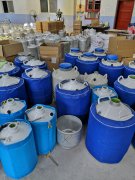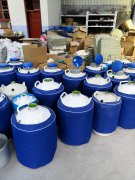Safe use and maintenance of liquid nitrogen tank
Editor:adminClick:
Time:2018-07-17 14:32
Our company mainly produces liquid nitrogen container for high-tech products ,such as hospital medical liquid nitrogen containers, biological sterile storage liquid nitrogen tank,etc.,which are used for frozen storage of fine livestock semen, cryopreservation of human organs and cells and so on.
With the development of science and technology and the needs of industrial and agricultural production, it will be rapidly promoted and applied, and will show a bright future. Today we mainly introduce safe use and maintenance of liquid nitrogen tank.
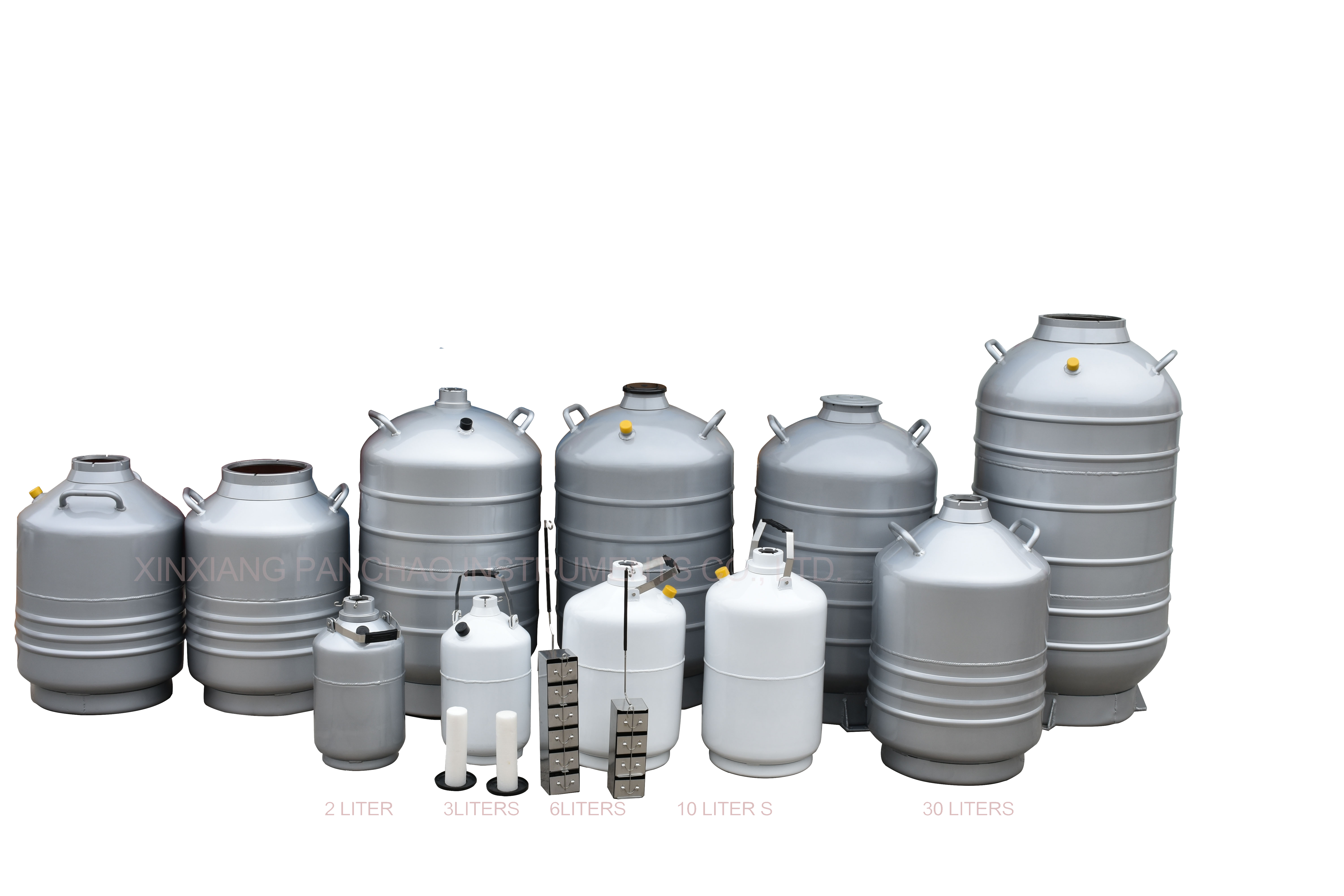
Safe use and maintenance of liquid nitrogen tank
First, we must understand the characteristics of liquid nitrogen.
1. Ultra-low temperature: The boiling point of liquid nitrogen is -195.8. At this low temperature, the life activities in the organism are basically stagnant, so the biological sample can be preserved for a long time in liquid nitrogen. When the liquid is nitrogenated, it absorbs 48 kilocalories per kilogram of liquid nitrogen.
2. Liquid nitrogen is a colorless, odorless, non-toxic liquid.
3. The permeability of liquid nitrogen is very weak. However, when the skin is exposed to liquid nitrogen, it is frostbited due to the extremely low temperature.
4. Swellability: Liquid nitrogen is produced by air compression and cooling, and it returns to nitrogen when it is vaporized. Each liter of liquid is nitrogenated, the temperature rises by 15 degrees, and the volume expansion is about 180 times. Therefore, the liquid nitrogen container cannot be sealed, otherwise there is a danger of explosion.
5. Asphyxiating: Nitrogen itself does not cause suffocation, but in a certain space, if too much nitrogen is used to isolate oxygen, the operator may also cause suffocation. It has been determined that 10 kilograms of liquid nitrogen evaporates instantaneously in a 10 cubic meter room, which can suddenly reduce the space oxygen to 13%, causing space hypoxia, which can cause suffocation and even death.
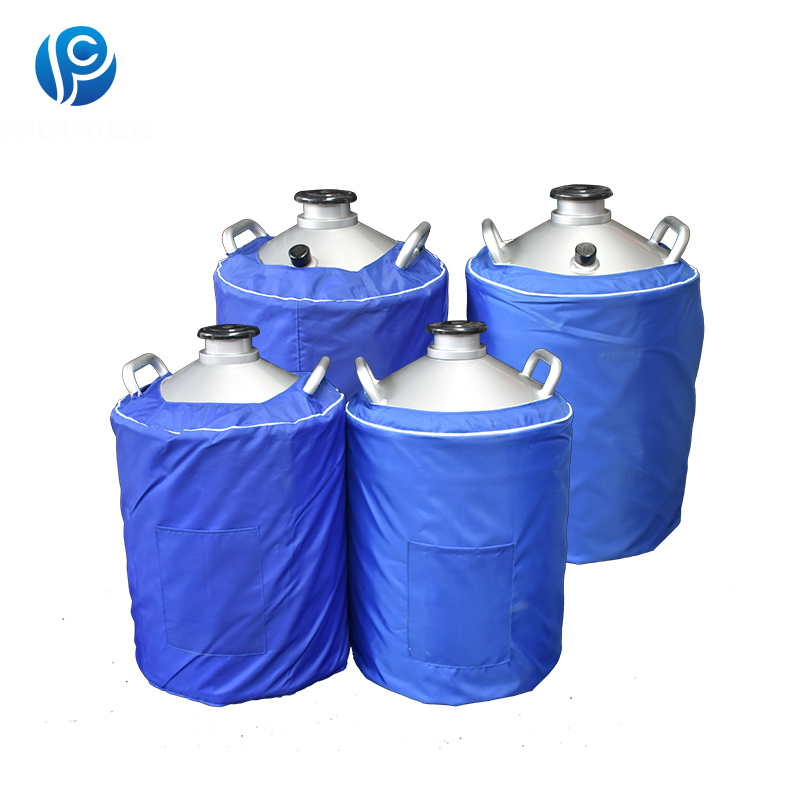
Safe use and maintenance of liquid nitrogen tank
Safe use and maintenance of liquid nitrogen tank
First, the inspection before use
Before filling the liquid nitrogen tank, the liquid nitrogen tank should first check whether the outer casing is recessed or not, and whether the vacuum exhaust port is intact. If it is damaged, the degree of vacuum will decrease. In severe cases, the intake air will not be insulated, so that the upper part of the tank will be frosted, the liquid nitrogen loss will be large, and the value of continued use will be lost. Next, check the inside of the tank. If there is any foreign matter, it must be taken out to prevent the inner tank from being corroded.
Second, the inspection during use
Always check during use. You can use the eye to observe or touch the shell with your hand. If you find that the surface is frosted, stop using it. Especially when the inner wall of the neck tube is frosted and icing, it is not advisable to use a knife to scrape it to prevent the inner wall of the neck tube from being damaged, resulting in poor vacuum. The liquid nitrogen should be taken out and allowed to melt naturally.
Third, the filling of liquid nitrogen
Be careful when filling liquid nitrogen. For new tanks or tanks that are in a dry state, they must be slowly filled and pre-cooled to prevent the liner from being damaged too quickly and reducing the service life.Put one-fifth of the capacity first, pre-cool for more than 2 hours, and then fill. The sample was placed after filling for 1 day.Do not pour liquid nitrogen on the vacuum vent when filling liquid nitrogen to avoid a drop in vacuum. The stopper is made of heat-insulating material, which can prevent liquid nitrogen from evaporating and can also act as a fixed lifting cylinder, so the wear should be minimized during the switch to prolong the service life.
Fourth, the placement of liquid nitrogen tank
Store liquid nitrogen tanks in a well-ventilated, cool place, and do not expose to direct sunlight. Due to its precision of manufacture and its inherent characteristics, liquid nitrogen tanks are not allowed to be tilted, horizontally placed, inverted, stacked, collided with each other or collided with other objects, whether they are used or stored, to be handled lightly and always upright.
Fifth,Safe transportation of liquid nitrogen tanks
The liquid nitrogen tank must be placed in a wooden frame and padded during transportation and fixed. The tank and the tank should be separated by a filler to prevent bumps and impacts and prevent dumping. When loading and unloading the vehicle, it is necessary to strictly prevent the liquid nitrogen tank from hitting, and it is not allowed to be dragged on the ground at will, so as not to reduce the service life of the liquid nitrogen tank.
Sixth, the cleaning of liquid nitrogen tank
When the liquid nitrogen tank is not in use, rinse it with clean water, drain the water, blow it dry with a blower, and place it at room temperature for use. After the liquid nitrogen in the liquid nitrogen tank is volatilized, the remaining missing substances (such as frozen sperm) melt quickly and become liquid substances attached to the inner liner, causing corrosion to the inner liner of the aluminum alloy. If a cavity is formed, the liquid is formed. The nitrogen tank will be scrapped, so it is necessary to scrub the tank after the liquid nitrogen in the liquid nitrogen tank is exhausted. The specific brushing method is as follows: First, remove the liquid nitrogen tank, remove the liquid nitrogen, and place it for 2-3 days. When the temperature inside the tank rises to about 0 °C, pour the warm water of about 30 °C and scrub with a cloth. If you find that the individual melted substances are stuck on the bottom of the inner liner, be careful to wash them carefully. Then rinse with water several times, then invert the liquid nitrogen tank, put it indoors safely and should not fall over, dry naturally, or air dry with a blower as described above. Note that during the entire brushing process, the action should be slow, the temperature of the inverted water should not exceed 40 °C, and the total weight should not exceed 2 kg.
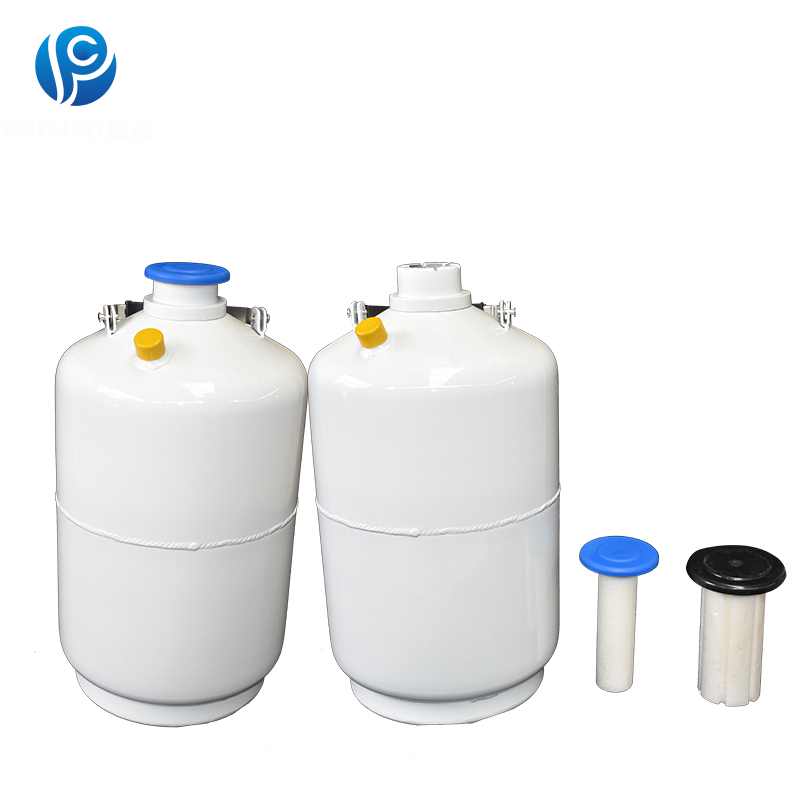
Safe use and maintenance of liquid nitrogen tank
If you are interested in the liquid nitrogen containers or need to consult, please click on our online customer service, or call us. Pan Chao, Supply and customize different liquid nitrogen tanks, Pan Chao medical farming instruments, tailored for your different demands.
Welcome to send your inquiry, Phone number: +86 15038267159 Email: info@n2tank.com / sales@n2tank.com
Safe use and maintenance of liquid nitrogen tank.
With the development of science and technology and the needs of industrial and agricultural production, it will be rapidly promoted and applied, and will show a bright future. Today we mainly introduce safe use and maintenance of liquid nitrogen tank.

Safe use and maintenance of liquid nitrogen tank
First, we must understand the characteristics of liquid nitrogen.
1. Ultra-low temperature: The boiling point of liquid nitrogen is -195.8. At this low temperature, the life activities in the organism are basically stagnant, so the biological sample can be preserved for a long time in liquid nitrogen. When the liquid is nitrogenated, it absorbs 48 kilocalories per kilogram of liquid nitrogen.
2. Liquid nitrogen is a colorless, odorless, non-toxic liquid.
3. The permeability of liquid nitrogen is very weak. However, when the skin is exposed to liquid nitrogen, it is frostbited due to the extremely low temperature.
4. Swellability: Liquid nitrogen is produced by air compression and cooling, and it returns to nitrogen when it is vaporized. Each liter of liquid is nitrogenated, the temperature rises by 15 degrees, and the volume expansion is about 180 times. Therefore, the liquid nitrogen container cannot be sealed, otherwise there is a danger of explosion.
5. Asphyxiating: Nitrogen itself does not cause suffocation, but in a certain space, if too much nitrogen is used to isolate oxygen, the operator may also cause suffocation. It has been determined that 10 kilograms of liquid nitrogen evaporates instantaneously in a 10 cubic meter room, which can suddenly reduce the space oxygen to 13%, causing space hypoxia, which can cause suffocation and even death.

Safe use and maintenance of liquid nitrogen tank
Safe use and maintenance of liquid nitrogen tank
First, the inspection before use
Before filling the liquid nitrogen tank, the liquid nitrogen tank should first check whether the outer casing is recessed or not, and whether the vacuum exhaust port is intact. If it is damaged, the degree of vacuum will decrease. In severe cases, the intake air will not be insulated, so that the upper part of the tank will be frosted, the liquid nitrogen loss will be large, and the value of continued use will be lost. Next, check the inside of the tank. If there is any foreign matter, it must be taken out to prevent the inner tank from being corroded.
Second, the inspection during use
Always check during use. You can use the eye to observe or touch the shell with your hand. If you find that the surface is frosted, stop using it. Especially when the inner wall of the neck tube is frosted and icing, it is not advisable to use a knife to scrape it to prevent the inner wall of the neck tube from being damaged, resulting in poor vacuum. The liquid nitrogen should be taken out and allowed to melt naturally.
Third, the filling of liquid nitrogen
Be careful when filling liquid nitrogen. For new tanks or tanks that are in a dry state, they must be slowly filled and pre-cooled to prevent the liner from being damaged too quickly and reducing the service life.Put one-fifth of the capacity first, pre-cool for more than 2 hours, and then fill. The sample was placed after filling for 1 day.Do not pour liquid nitrogen on the vacuum vent when filling liquid nitrogen to avoid a drop in vacuum. The stopper is made of heat-insulating material, which can prevent liquid nitrogen from evaporating and can also act as a fixed lifting cylinder, so the wear should be minimized during the switch to prolong the service life.
Fourth, the placement of liquid nitrogen tank
Store liquid nitrogen tanks in a well-ventilated, cool place, and do not expose to direct sunlight. Due to its precision of manufacture and its inherent characteristics, liquid nitrogen tanks are not allowed to be tilted, horizontally placed, inverted, stacked, collided with each other or collided with other objects, whether they are used or stored, to be handled lightly and always upright.
Fifth,Safe transportation of liquid nitrogen tanks
The liquid nitrogen tank must be placed in a wooden frame and padded during transportation and fixed. The tank and the tank should be separated by a filler to prevent bumps and impacts and prevent dumping. When loading and unloading the vehicle, it is necessary to strictly prevent the liquid nitrogen tank from hitting, and it is not allowed to be dragged on the ground at will, so as not to reduce the service life of the liquid nitrogen tank.
Sixth, the cleaning of liquid nitrogen tank
When the liquid nitrogen tank is not in use, rinse it with clean water, drain the water, blow it dry with a blower, and place it at room temperature for use. After the liquid nitrogen in the liquid nitrogen tank is volatilized, the remaining missing substances (such as frozen sperm) melt quickly and become liquid substances attached to the inner liner, causing corrosion to the inner liner of the aluminum alloy. If a cavity is formed, the liquid is formed. The nitrogen tank will be scrapped, so it is necessary to scrub the tank after the liquid nitrogen in the liquid nitrogen tank is exhausted. The specific brushing method is as follows: First, remove the liquid nitrogen tank, remove the liquid nitrogen, and place it for 2-3 days. When the temperature inside the tank rises to about 0 °C, pour the warm water of about 30 °C and scrub with a cloth. If you find that the individual melted substances are stuck on the bottom of the inner liner, be careful to wash them carefully. Then rinse with water several times, then invert the liquid nitrogen tank, put it indoors safely and should not fall over, dry naturally, or air dry with a blower as described above. Note that during the entire brushing process, the action should be slow, the temperature of the inverted water should not exceed 40 °C, and the total weight should not exceed 2 kg.

Safe use and maintenance of liquid nitrogen tank
If you are interested in the liquid nitrogen containers or need to consult, please click on our online customer service, or call us. Pan Chao, Supply and customize different liquid nitrogen tanks, Pan Chao medical farming instruments, tailored for your different demands.
Welcome to send your inquiry, Phone number: +86 15038267159 Email: info@n2tank.com / sales@n2tank.com
Safe use and maintenance of liquid nitrogen tank.
| Liquid nitrogen container | Liquid nitrogen tank | Liquid nitrogen |
| Liquid nitrogen container | Liquid nitrogen tank | Liquid nitrogen |
| Liquid nitrogen container | Liquid nitrogen tank | Liquid nitrogen |
| Liquid nitrogen container | Liquid nitrogen tank | Liquid nitrogen |
Relevant Information
- Be careful when filling liquid nitrogen
- The usage of the liquid nitrogen tank
- The application of liquid nitrogen tank in laboratory
- Do you think liquid nitrogen ice cream is harmful?
- Liquid nitrogen sprayer YDL-250 250ml for face spot treatment
- 6L Ice Cream Liquid Nitrogen Container Liquid Nitrogen Tank
- 10L YDS-10 Small Capacity Liquid Nitrogen Storage Container for Labs
- 10L Liquid Nitrogen Containers/Tanks/Dewars
- 10l Biological Cryogenic Liquid Nitrogen Container
- Cheap price 50caliber 10L Liquid Nitrogen Biological Containers dewar tank
Latest Products
- 16L Ice Cream Liquid Nitrogen Co
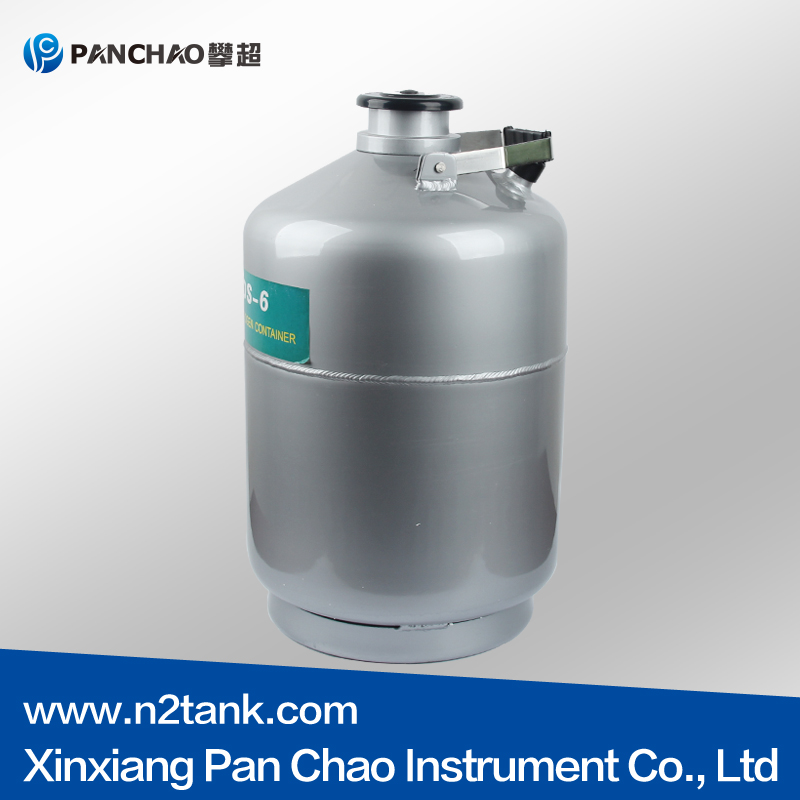
6L Ice Cream Liquid Nitrogen Container Liquid Nitrogen Tank W...[more]
- 210L YDS-10 Small Capacity Liqui
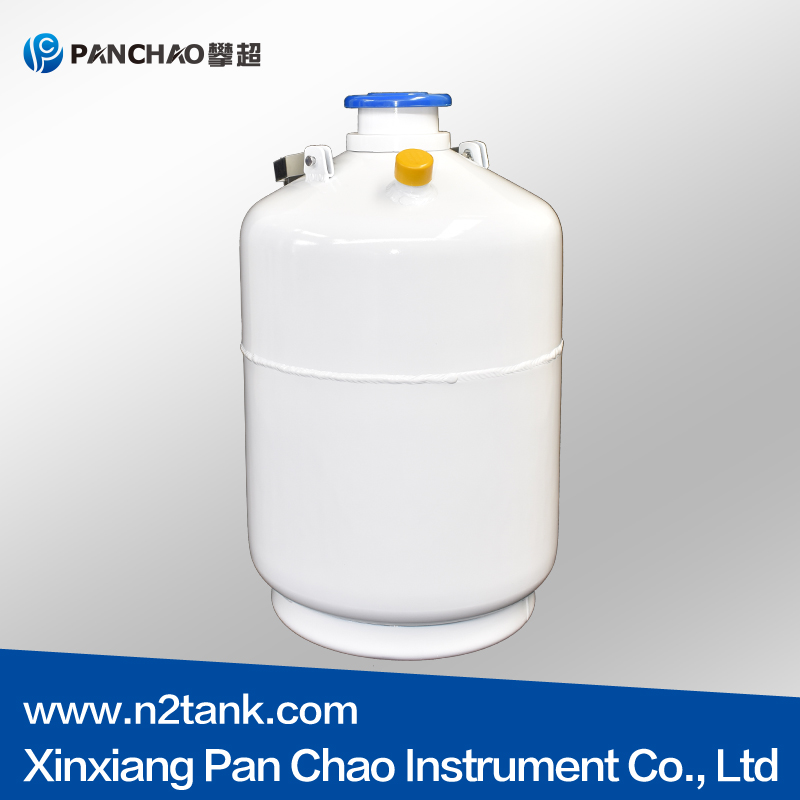
10L YDS-10 Small Capacity Liquid Nitrogen Storage Container f...[more]
- 310L Liquid Nitrogen Containers/
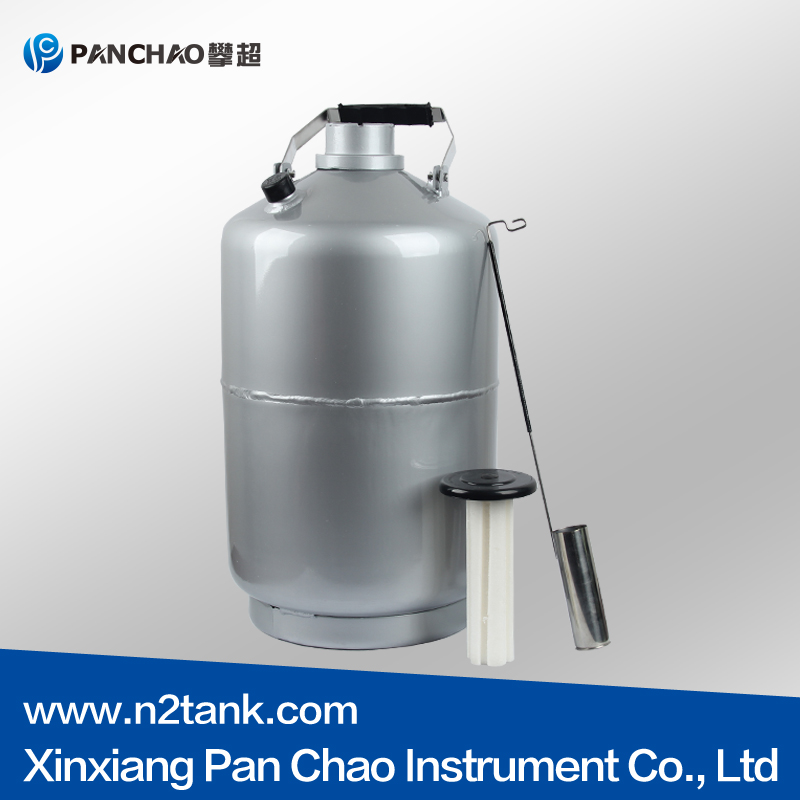
10L Liquid Nitrogen Containers/Tanks/Dewars We offer a wide r...[more]
- 410l Biological Cryogenic Liquid
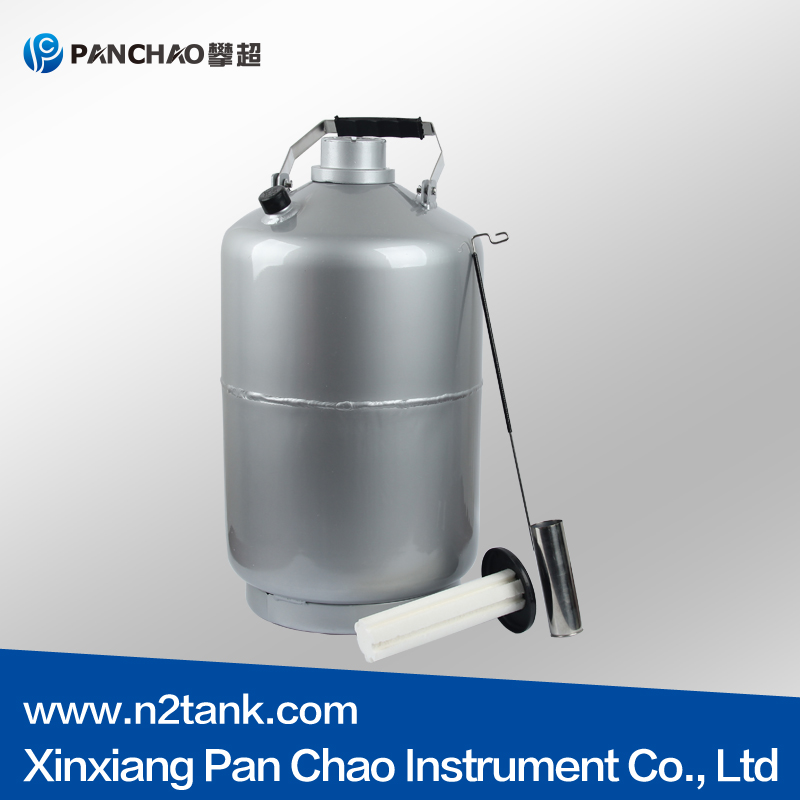
10l Biological Cryogenic Liquid Nitrogen Container We offer a...[more]
- 5Cheap price 50caliber 10L Liqui
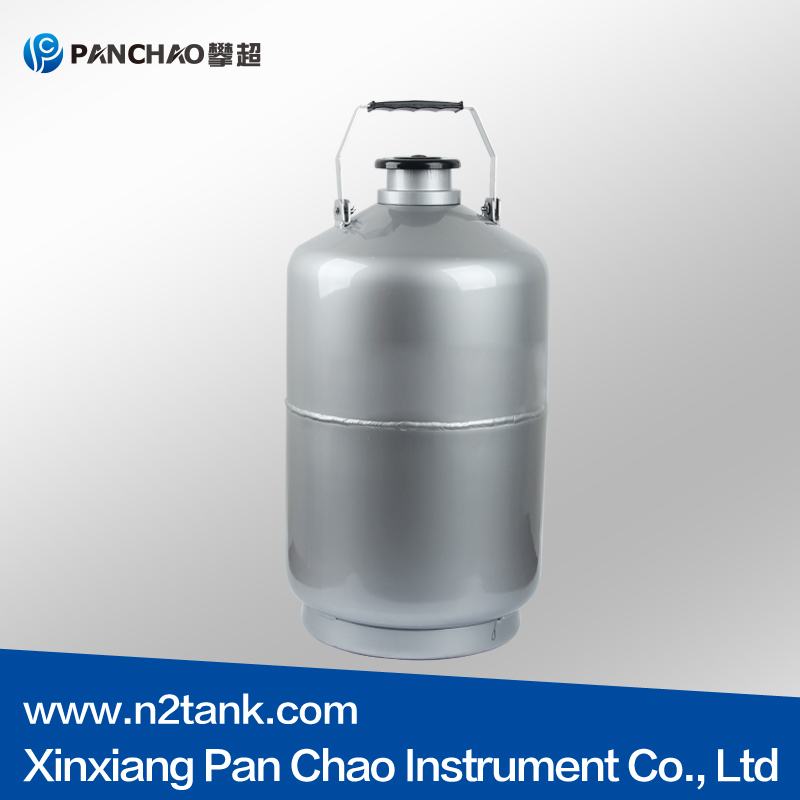
Cheap price 50caliber 10L Liquid Nitrogen Biological Containe...[more]
Rankings Of Similar Articles
- Be careful when filling liquid nitrogen
- The usage of the liquid nitrogen tank
- The application of liquid nitrogen tank in laboratory
- Do you think liquid nitrogen ice cream is harmful?
- Liquid nitrogen sprayer YDL-250 250ml for face spot treatment
- 6L Ice Cream Liquid Nitrogen Container Liquid Nitrogen Tank
- 10L YDS-10 Small Capacity Liquid Nitrogen Storage Container f
- 10L Liquid Nitrogen Containers/Tanks/Dewars
- 10l Biological Cryogenic Liquid Nitrogen Container
- Cheap price 50caliber 10L Liquid Nitrogen Biological Containe
Latest Information
- Be careful when filling liquid nitrogen
- The usage of the liquid nitrogen tank
- Liquid nitrogen sprayer YDL-250 250ml for face spot treatment
- General knowledge about liquid nitrogen ice cream
- Advantages of cryopreservation of liquid nitrogen tanks
- The principle and precautions of liquid nitrogen cryotherapy
- The product structure of liquid nitrogen tank
- The maintenance tips of Liquid nitrogen stroage tank
- Liquid nitrogen tank cell storage
- The applications of liquid nitrogen in medicine and industry

